| Model |
TOS9300 |
TOS9301 |
TOS9302 |
TOS9303 |
TOS9303LC |
| Output Function |
|
|
|
|
|
| AC Output Section |
|
|
|
|
|
| Output range |
0.050 kV to 5.000 kV |
0.050 kV to 5.000 kV |
0.050 kV to 5.000 kV |
0.050 kV to 5.000 kV |
0.050 kV to 5.000 kV |
| Resolution |
1 V |
1 V |
1 V |
1 V |
1 V |
| Setting accuracy |
±(1.2 % of setting + 20 V) (at no load) |
±(1.2 % of setting + 20 V) (at no load) |
±(1.2 % of setting + 20 V) (at no load) |
±(1.2 % of setting + 20 V) (at no load) |
±(1.2 % of setting + 20 V) (at no load) |
| Max. rated load |
500 VA(5 kV / 100 mA) |
500 VA(5 kV / 100 mA) |
500 VA(5 kV / 100 mA) |
500 VA(5 kV / 100 mA) |
500 VA(5 kV / 100 mA) |
| Max. rated current |
100 mA (when the output voltage is 0.2 kV or higher) |
100 mA (when the output voltage is 0.2 kV or higher) |
100 mA (when the output voltage is 0.2 kV or higher) |
100 mA (when the output voltage is 0.2 kV or higher) |
100 mA (when the output voltage is 0.2 kV or higher) |
| Transformer rating |
500 VA |
500 VA |
500 VA |
500 VA |
500 VA |
| Output voltage waveform |
Sine |
Sine |
Sine |
Sine |
Sine |
| Distortion |
2 % or less. (when the output voltage is 0.5 kV or higher and no load or a pure resistive load is connected) |
2 % or less. (when the output voltage is 0.5 kV or higher and no load or a pure resistive load is connected) |
2 % or less. (when the output voltage is 0.5 kV or higher and no load or a pure resistive load is connected) |
2 % or less. (when the output voltage is 0.5 kV or higher and no load or a pure resistive load is connected) |
2 % or less. (when the output voltage is 0.5 kV or higher and no load or a pure resistive load is connected) |
| Crest factor |
√2 ± 3 % (800 V or more) |
√2 ± 3 % (800 V or more) |
√2 ± 3 % (800 V or more) |
√2 ± 3 % (800 V or more) |
√2 ± 3 % (800 V or more) |
| Frequency |
50 Hz / 60 Hz |
50 Hz / 60 Hz |
50 Hz / 60 Hz |
50 Hz / 60 Hz |
50 Hz / 60 Hz |
| Accuracy |
±0.1 % |
±0.1 % |
±0.1 % |
±0.1 % |
±0.1 % |
| Voltage regulation |
±3 % or less (when changing from maximum rated load to no load) |
±3 % or less (when changing from maximum rated load to no load) |
±3 % or less (when changing from maximum rated load to no load) |
±3 % or less (when changing from maximum rated load to no load) |
±3 % or less (when changing from maximum rated load to no load) |
| Short-circuit current |
200 mA or more (output voltage 0.5 kV or higher) |
200 mA or more (output voltage 0.5 kV or higher) |
200 mA or more (output voltage 0.5 kV or higher) |
200 mA or more (output voltage 0.5 kV or higher) |
200 mA or more (output voltage 0.5 kV or higher) |
| Output method |
PWM switching |
PWM switching |
PWM switching |
PWM switching |
PWM switching |
| Start voltage |
The voltage at the start of the test can be set. |
The voltage at the start of the test can be set. |
The voltage at the start of the test can be set. |
The voltage at the start of the test can be set. |
The voltage at the start of the test can be set. |
| Setting range |
0 % to 99 % of the test voltage |
0 % to 99 % of the test voltage |
0 % to 99 % of the test voltage |
0 % to 99 % of the test voltage |
0 % to 99 % of the test voltage |
| Resolution |
1 % |
1 % |
1 % |
1 % |
1 % |
| Output voltage monitor function |
If the output voltage exceeds ±(10 % of setting + 50 V), the output is turned off, and the protection function is activated. |
If the output voltage exceeds ±(10 % of setting + 50 V), the output is turned off, and the protection function is activated. |
If the output voltage exceeds ±(10 % of setting + 50 V), the output is turned off, and the protection function is activated. |
If the output voltage exceeds ±(10 % of setting + 50 V), the output is turned off, and the protection function is activated. |
If the output voltage exceeds ±(10 % of setting + 50 V), the output is turned off, and the protection function is activated. |
| DC Output Function |
|
|
|
|
|
| DC Output Section |
|
|
|
|
|
| Output voltage range |
0.050 kV to 7.200 kV |
0.050 kV to 7.200 kV |
0.050 kV to 7.200 kV |
0.050 kV to 7.200 kV |
0.050 kV to 7.200 kV |
| Resolution |
1 V |
1 V |
1 V |
1 V |
1 V |
| Setting accuracy |
±(1.2 % of setting + 20 V) |
±(1.2 % of setting + 20 V) |
±(1.2 % of setting + 20 V) |
±(1.2 % of setting + 20 V) |
±(1.2 % of setting + 20 V) |
| Max. rated load |
100 W (5 kV/20 mA, 7.2 kV/13.9 mA) |
100 W (5 kV/20 mA, 7.2 kV/13.9 mA) |
100 W (5 kV/20 mA, 7.2 kV/13.9 mA) |
100 W (5 kV/20 mA, 7.2 kV/13.9 mA) |
100 W (5 kV/20 mA, 7.2 kV/13.9 mA) |
| Max. rated current |
20 mA |
20 mA |
20 mA |
20 mA |
20 mA |
| Ripple |
|
|
|
|
|
| 7.2 kV no load |
20 Vp-p (TYP) |
20 Vp-p (TYP) |
20 Vp-p (TYP) |
20 Vp-p (TYP) |
20 Vp-p (TYP) |
| Max. rated load |
50 Vp-p (TYP) |
50 Vp-p (TYP) |
50 Vp-p (TYP) |
50 Vp-p (TYP) |
50 Vp-p (TYP) |
| Voltage regulation |
1 % or less (when changing from maximum rated load to no load) |
1 % or less (when changing from maximum rated load to no load) |
1 % or less (when changing from maximum rated load to no load) |
1 % or less (when changing from maximum rated load to no load) |
1 % or less (when changing from maximum rated load to no load) |
| Short-circuit current |
100 mA (TYP) (200 mA peak) |
100 mA (TYP) (200 mA peak) |
100 mA (TYP) (200 mA peak) |
100 mA (TYP) (200 mA peak) |
100 mA (TYP) (200 mA peak) |
| Discharge function |
Forced discharge after test completion (discharge resistance: 125 kΩ) |
Forced discharge after test completion (discharge resistance: 125 kΩ) |
Forced discharge after test completion (discharge resistance: 125 kΩ) |
Forced discharge after test completion (discharge resistance: 125 kΩ) |
Forced discharge after test completion (discharge resistance: 125 kΩ) |
| Start voltage |
The voltage at the start of the test can be set. |
The voltage at the start of the test can be set. |
The voltage at the start of the test can be set. |
The voltage at the start of the test can be set. |
The voltage at the start of the test can be set. |
| Setting range |
0 % to 99 % of the test voltage |
0 % to 99 % of the test voltage |
0 % to 99 % of the test voltage |
0 % to 99 % of the test voltage |
0 % to 99 % of the test voltage |
| Resolution |
1 % |
1 % |
1 % |
1 % |
1 % |
| Output voltage monitor function |
If the output voltage exceeds ±(10 % of setting + 50 V), the output is turned off, and the protection function is activated. |
If the output voltage exceeds ±(10 % of setting + 50 V), the output is turned off, and the protection function is activated. |
If the output voltage exceeds ±(10 % of setting + 50 V), the output is turned off, and the protection function is activated. |
If the output voltage exceeds ±(10 % of setting + 50 V), the output is turned off, and the protection function is activated. |
If the output voltage exceeds ±(10 % of setting + 50 V), the output is turned off, and the protection function is activated. |
| Measurement Function |
|
|
|
|
|
| Voltmeter |
|
|
|
|
|
| Measurement range |
0.00 kV to 7.50 kV AC/DC |
0.00 kV to 7.50 kV AC/DC |
0.00 kV to 7.50 kV AC/DC |
0.00 kV to 7.50 kV AC/DC |
0.00 kV to 7.50 kV AC/DC |
| Resolution |
0.1 V |
0.1 V |
0.1 V |
0.1 V |
0.1 V |
| Accuracy |
±(1.2 % of reading + 5 V) |
±(1.2 % of reading + 5 V) |
±(1.2 % of reading + 5 V) |
±(1.2 % of reading + 5 V) |
±(1.2 % of reading + 5 V) |
| Response |
Can be switched between true rms and mean-value response rms conversion.
Peak-value response in a separate system
(the peak-value response is for measuring the dielectric breakdown voltage while rising) |
Can be switched between true rms and mean-value response rms conversion.
Peak-value response in a separate system
(the peak-value response is for measuring the dielectric breakdown voltage while rising) |
Can be switched between true rms and mean-value response rms conversion.
Peak-value response in a separate system
(the peak-value response is for measuring the dielectric breakdown voltage while rising) |
Can be switched between true rms and mean-value response rms conversion.
Peak-value response in a separate system
(the peak-value response is for measuring the dielectric breakdown voltage while rising) |
Can be switched between true rms and mean-value response rms conversion.
Peak-value response in a separate system
(the peak-value response is for measuring the dielectric breakdown voltage while rising) |
| Hold function |
The voltage measurement after a test is finished is held while the pass/fail judgment is displayed |
The voltage measurement after a test is finished is held while the pass/fail judgment is displayed |
The voltage measurement after a test is finished is held while the pass/fail judgment is displayed |
The voltage measurement after a test is finished is held while the pass/fail judgment is displayed |
The voltage measurement after a test is finished is held while the pass/fail judgment is displayed |
| Ammeter |
|
|
|
|
|
| Measurement range |
AC: 0.00 mA to 110 mA, DC: 0.00 mA to 22 mA (Current including the active component and reactive component) |
AC: 0.00 mA to 110 mA, DC: 0.00 mA to 22 mA (Current including the active component and reactive component) |
AC: 0.00 mA to 110 mA, DC: 0.00 mA to 22 mA (Current including the active component and reactive component) |
AC: 0.00 mA to 110 mA, DC: 0.00 mA to 22 mA (Current including the active component and reactive component) |
AC: 0.00 mA to 110 mA, DC: 0.00 mA to 22 mA (Current including the active component and reactive component) |
| Accuracy |
±(1 % of reading + 2 μA) (active component) |
±(1 % of reading + 2 μA) (active component) |
±(1 % of reading + 2 μA) (active component) |
±(1 % of reading + 2 μA) (active component) |
±(1 % of reading + 2 μA) (active component) |
| Response |
Can be switched between true rms and mean-value response rms conversion. |
Can be switched between true rms and mean-value response rms conversion. |
Can be switched between true rms and mean-value response rms conversion. |
Can be switched between true rms and mean-value response rms conversion. |
Can be switched between true rms and mean-value response rms conversion. |
| Hold function |
The current measurement after a test is finished is held while the pass judgment is displayed |
The current measurement after a test is finished is held while the pass judgment is displayed |
The current measurement after a test is finished is held while the pass judgment is displayed |
The current measurement after a test is finished is held while the pass judgment is displayed |
The current measurement after a test is finished is held while the pass judgment is displayed |
| Offset cancel function |
Cancels up to 10 mA of the current flowing through the insulation resistance and stray capacitance components across
output cables and the like (resistance component only for DC tests). OFF function available. |
Cancels up to 10 mA of the current flowing through the insulation resistance and stray capacitance components across
output cables and the like (resistance component only for DC tests). OFF function available. |
Cancels up to 10 mA of the current flowing through the insulation resistance and stray capacitance components across
output cables and the like (resistance component only for DC tests). OFF function available. |
Cancels up to 10 mA of the current flowing through the insulation resistance and stray capacitance components across
output cables and the like (resistance component only for DC tests). OFF function available. |
Cancels up to 10 mA of the current flowing through the insulation resistance and stray capacitance components across
output cables and the like (resistance component only for DC tests). OFF function available. |
| Calibration |
Active component: Calibrated with the rms of a sine wave using a pure resistive load.
Reactive component: Not calibrated. |
Active component: Calibrated with the rms of a sine wave using a pure resistive load.
Reactive component: Not calibrated. |
Active component: Calibrated with the rms of a sine wave using a pure resistive load.
Reactive component: Not calibrated. |
Active component: Calibrated with the rms of a sine wave using a pure resistive load.
Reactive component: Not calibrated. |
Active component: Calibrated with the rms of a sine wave using a pure resistive load.
Reactive component: Not calibrated. |

















































































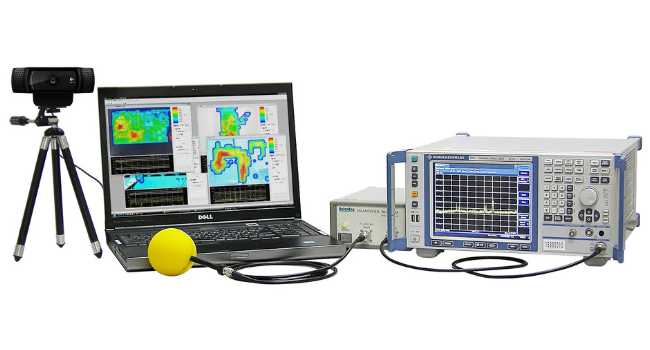















 FREE SHIPPING £75+
FREE SHIPPING £75+
 CELEBRATING 50+ YEARS
CELEBRATING 50+ YEARS
 PRICE MATCH GUARANTEE
PRICE MATCH GUARANTEE
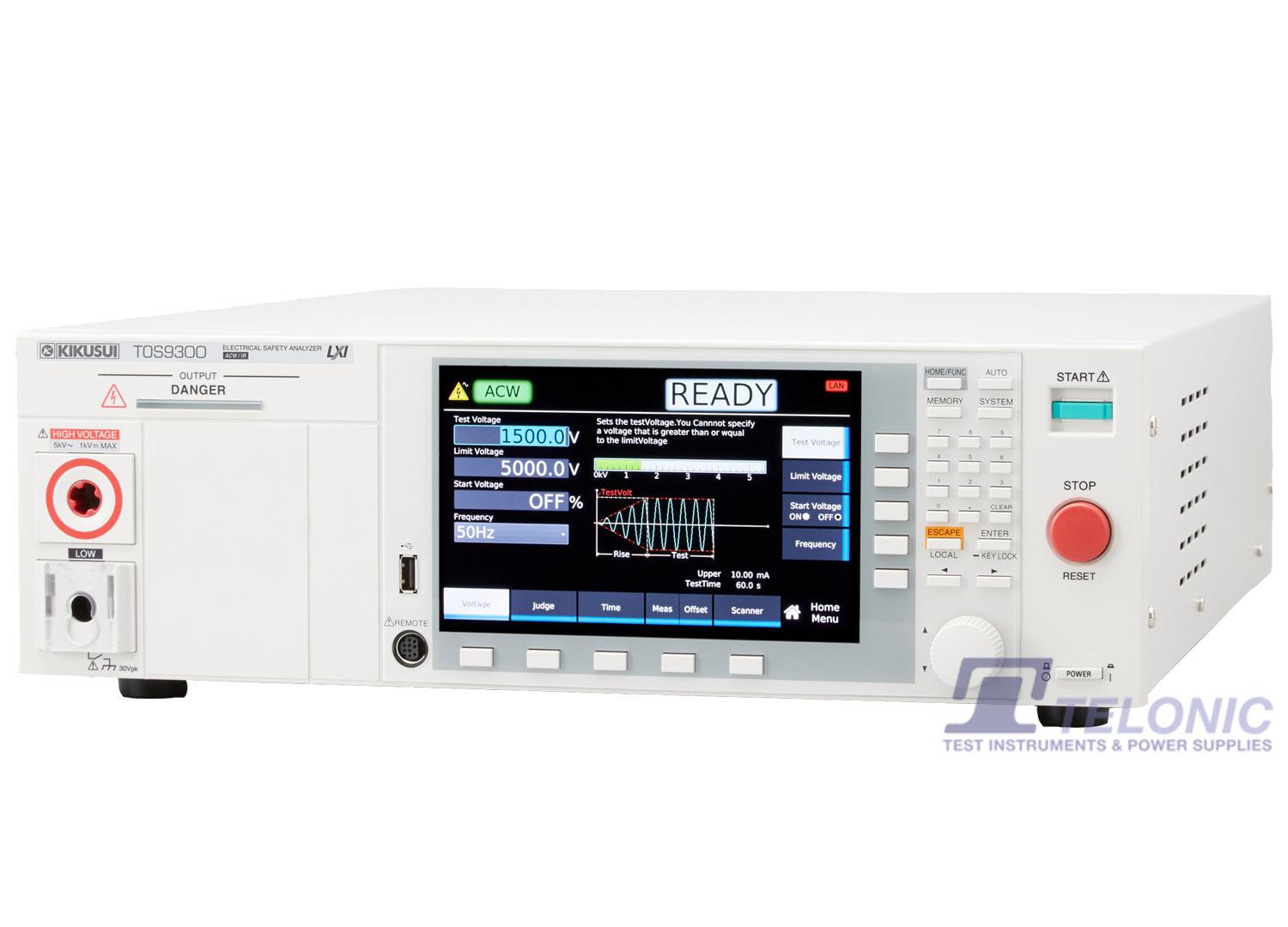


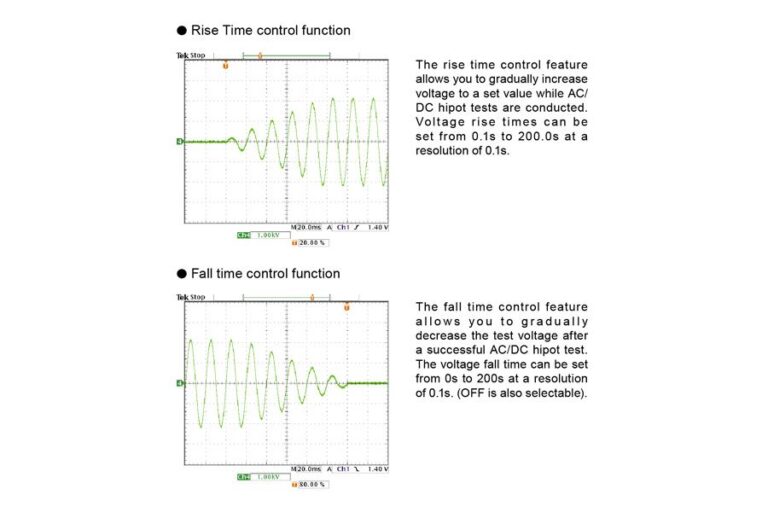
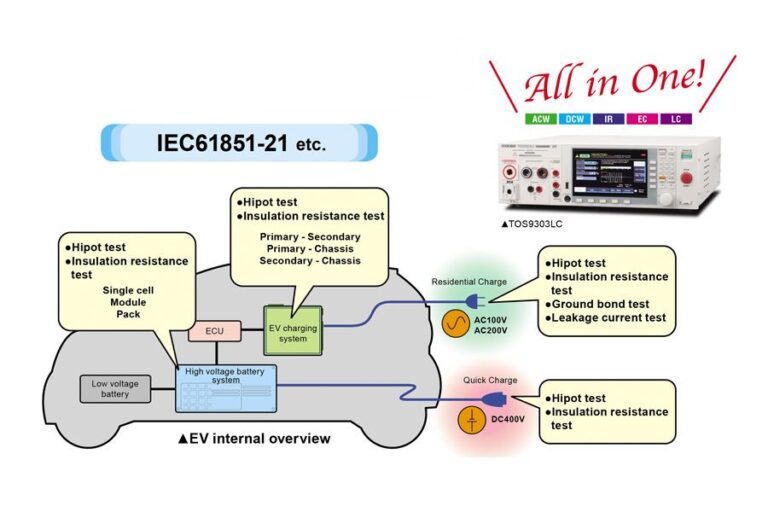
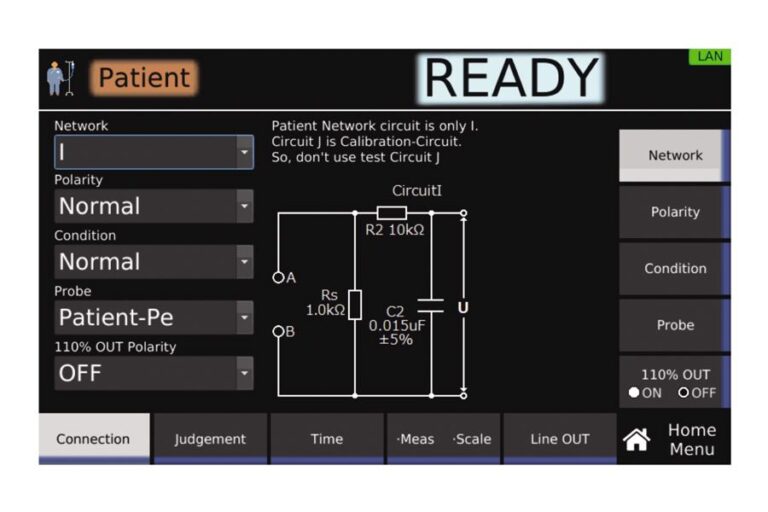
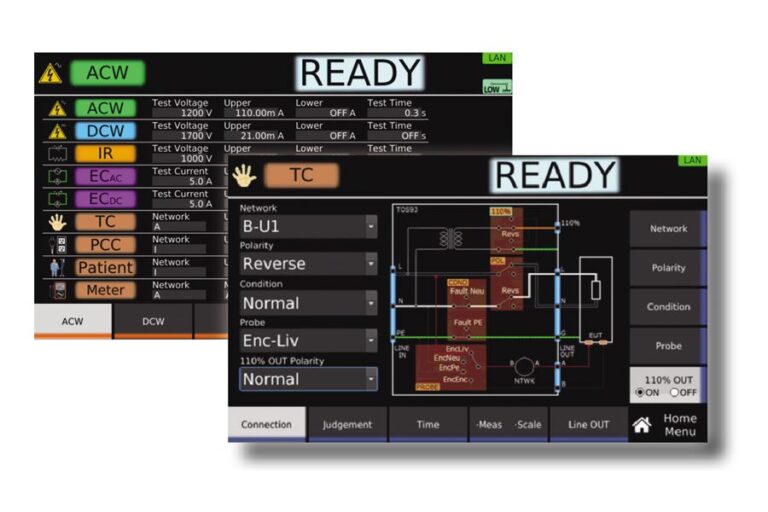
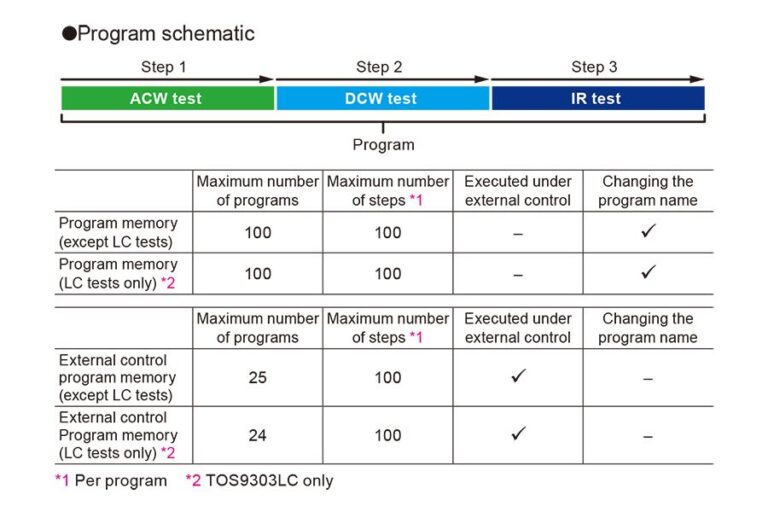
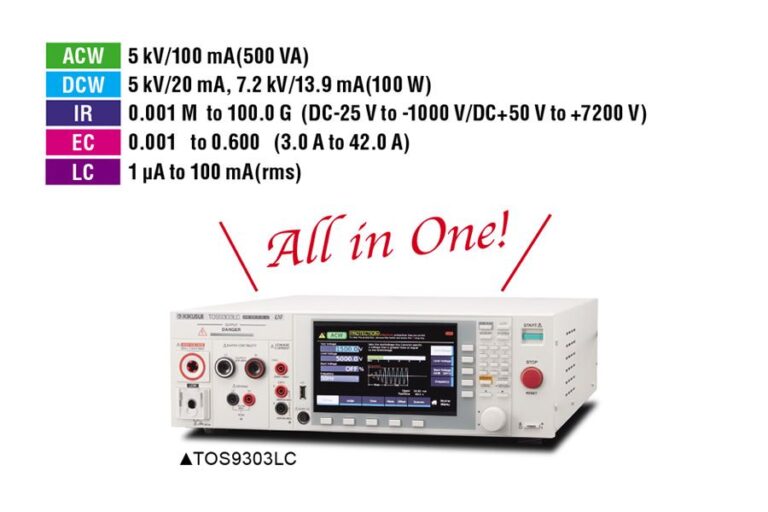
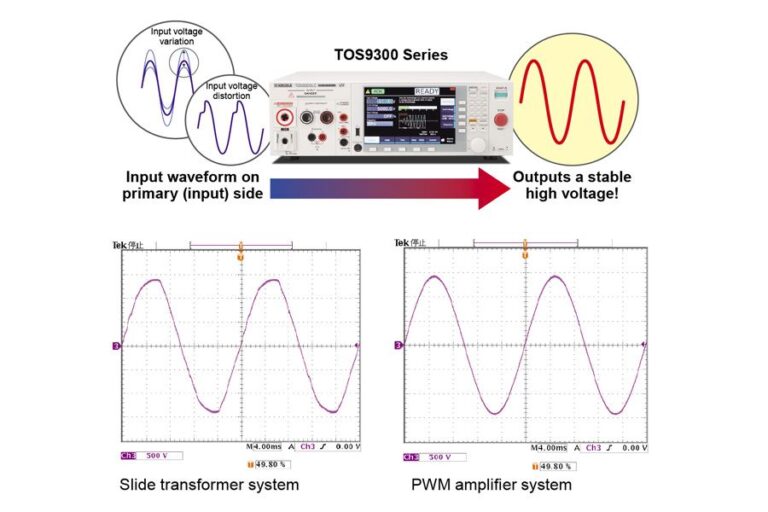



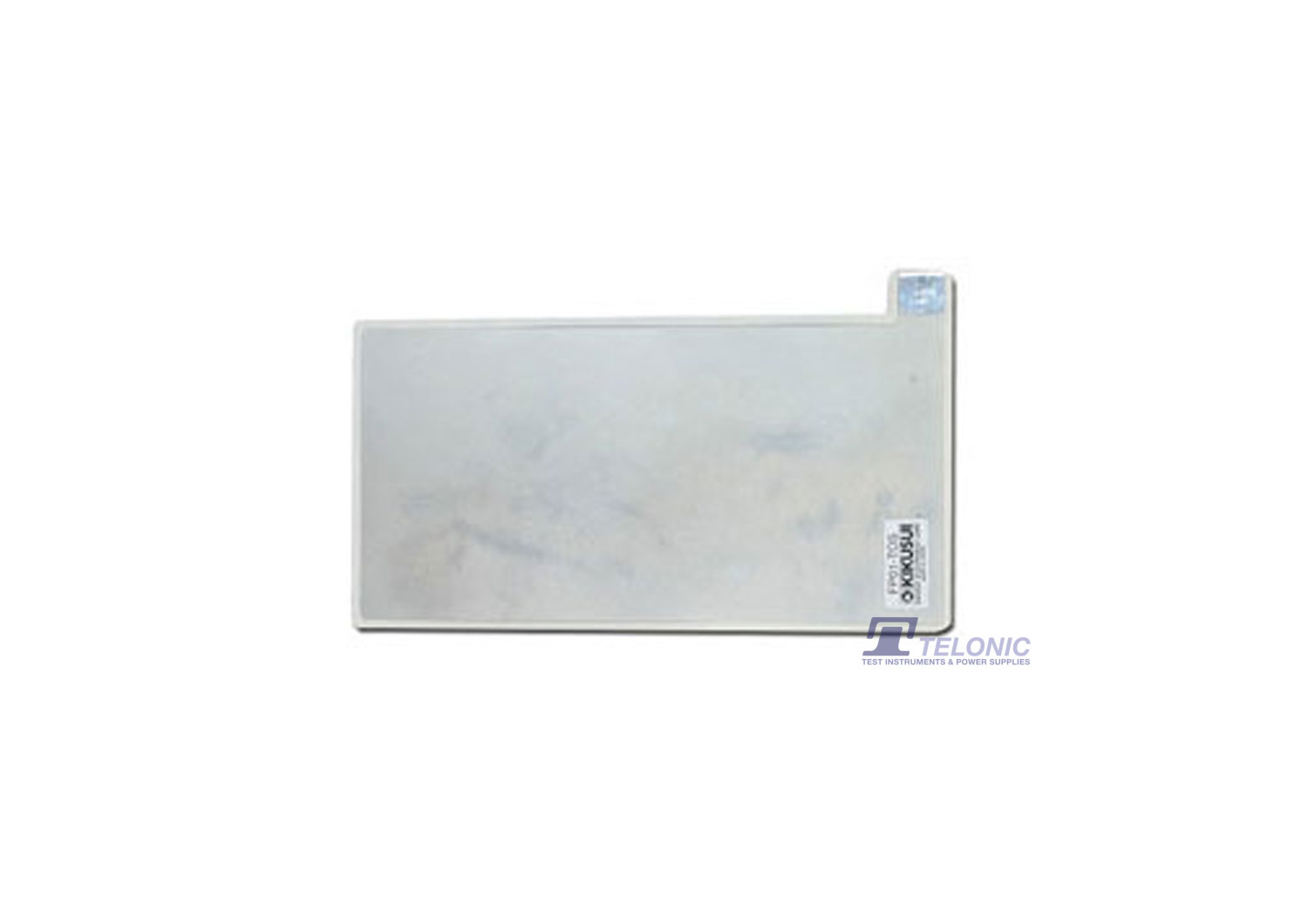

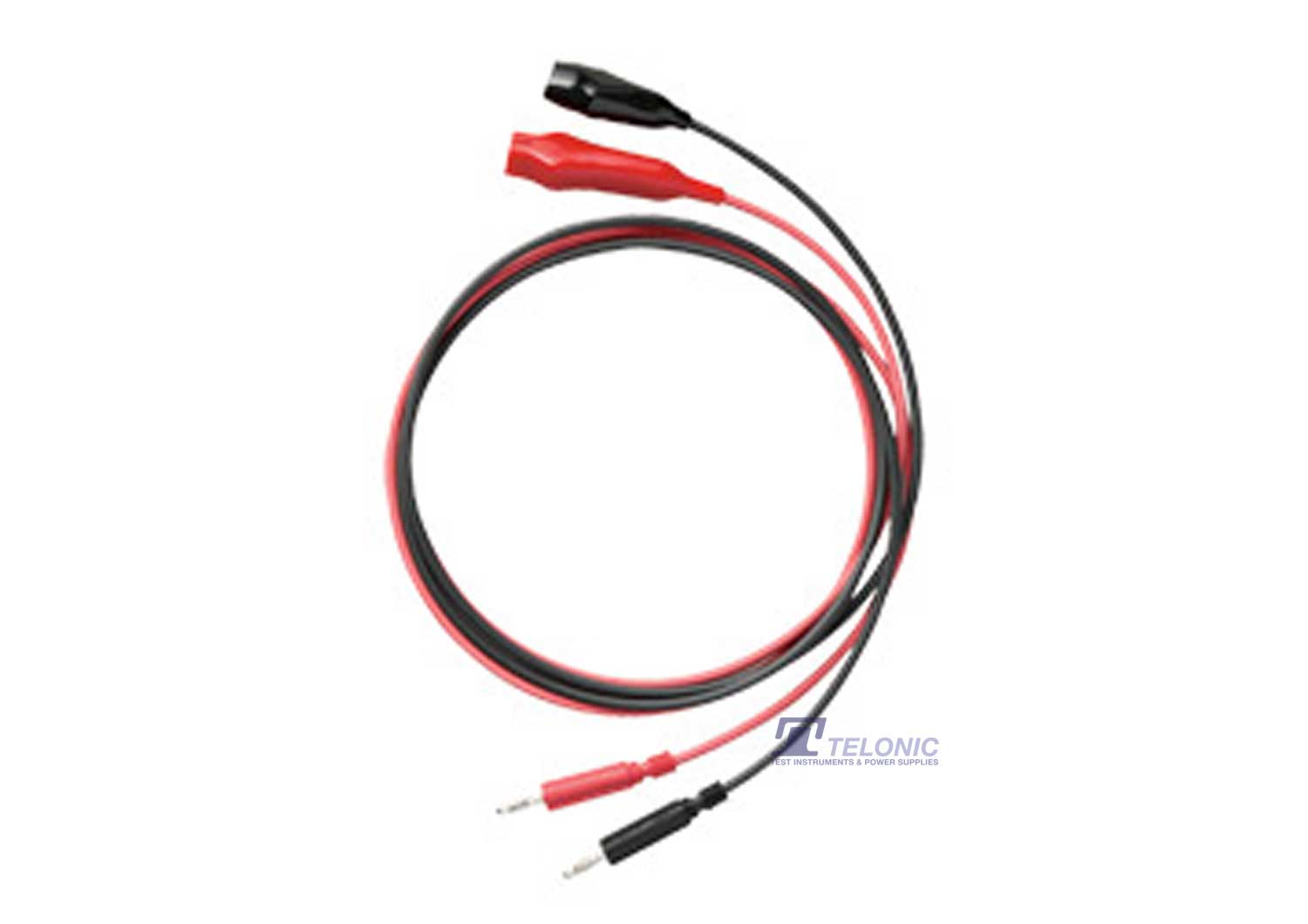

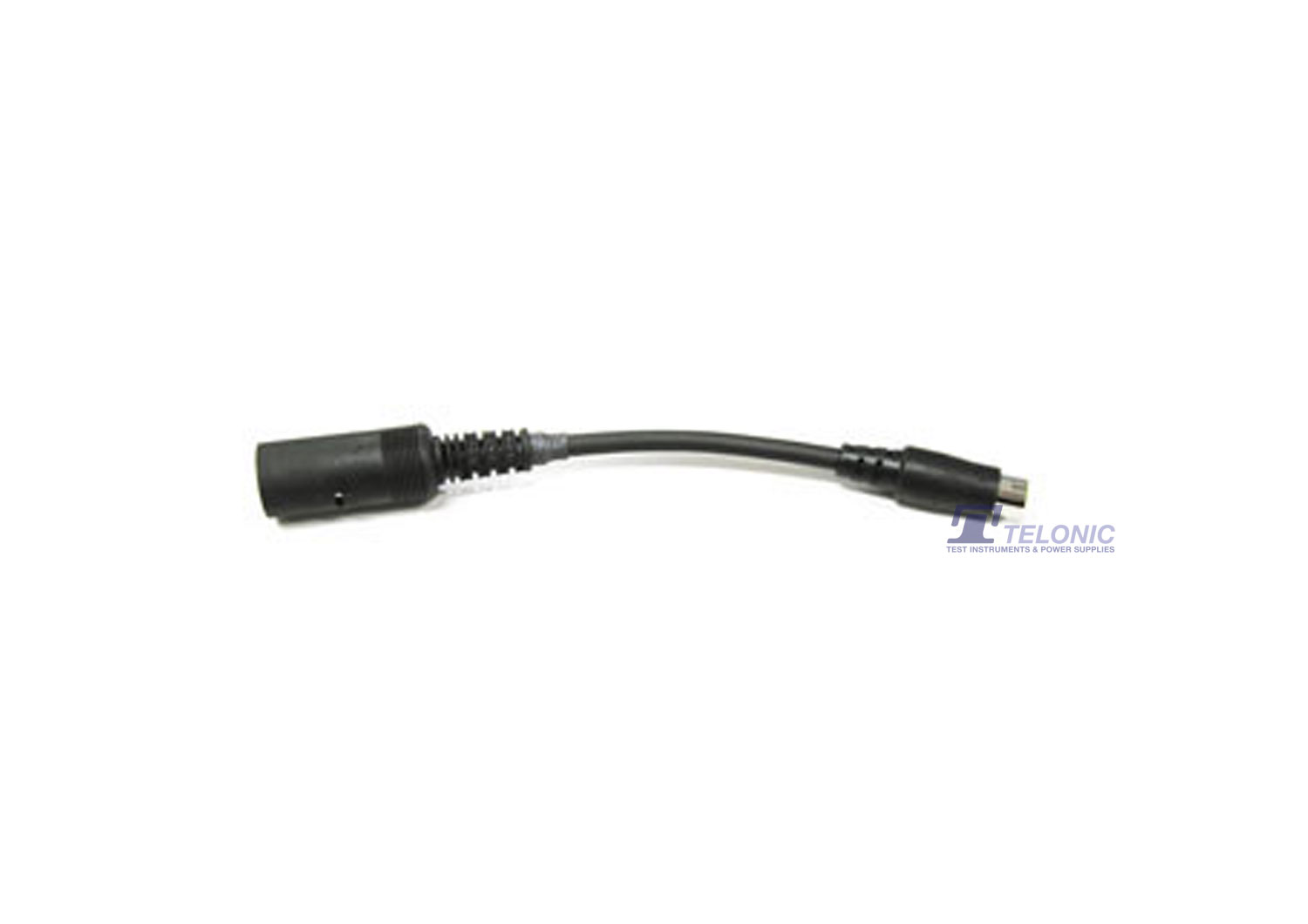

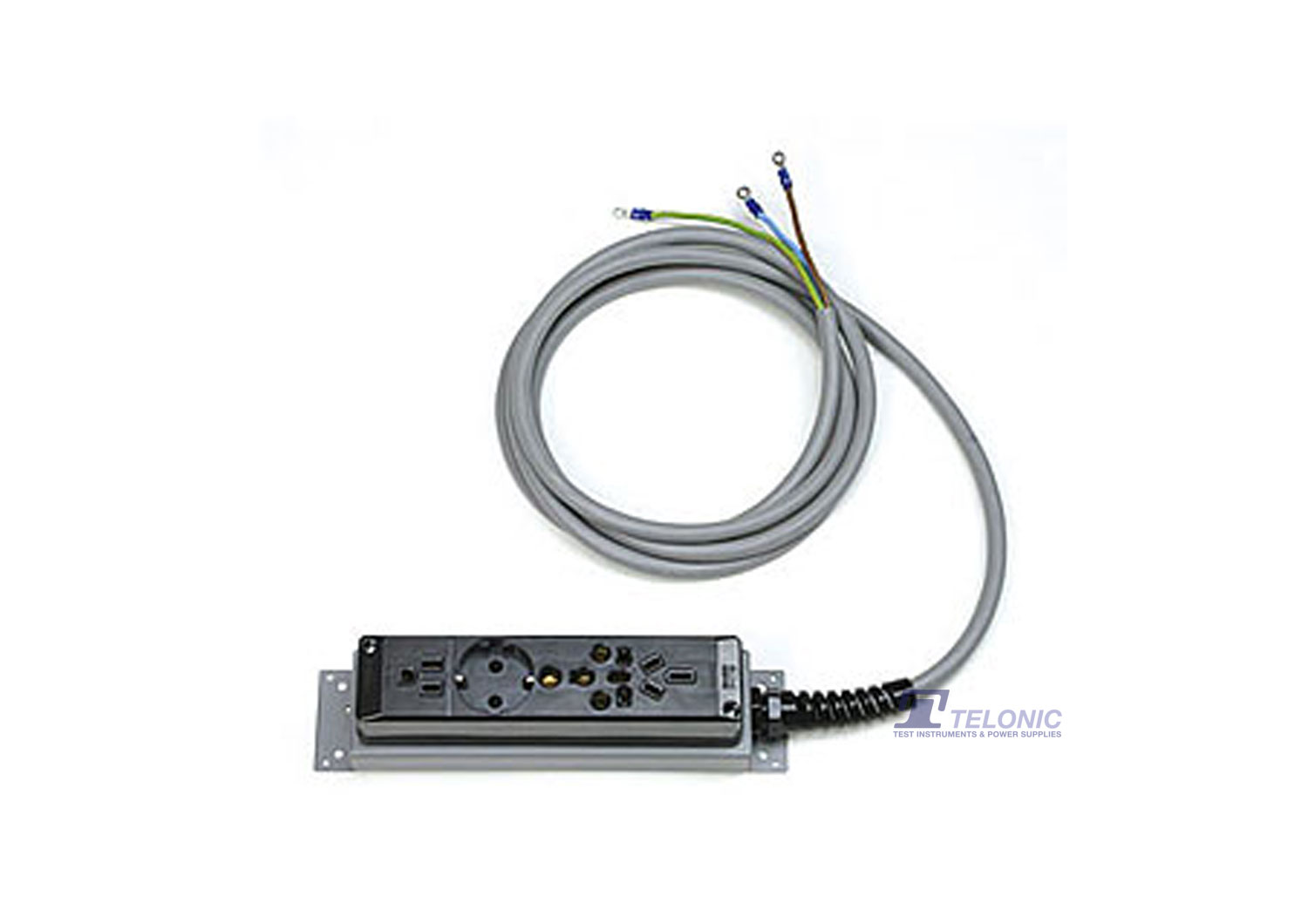
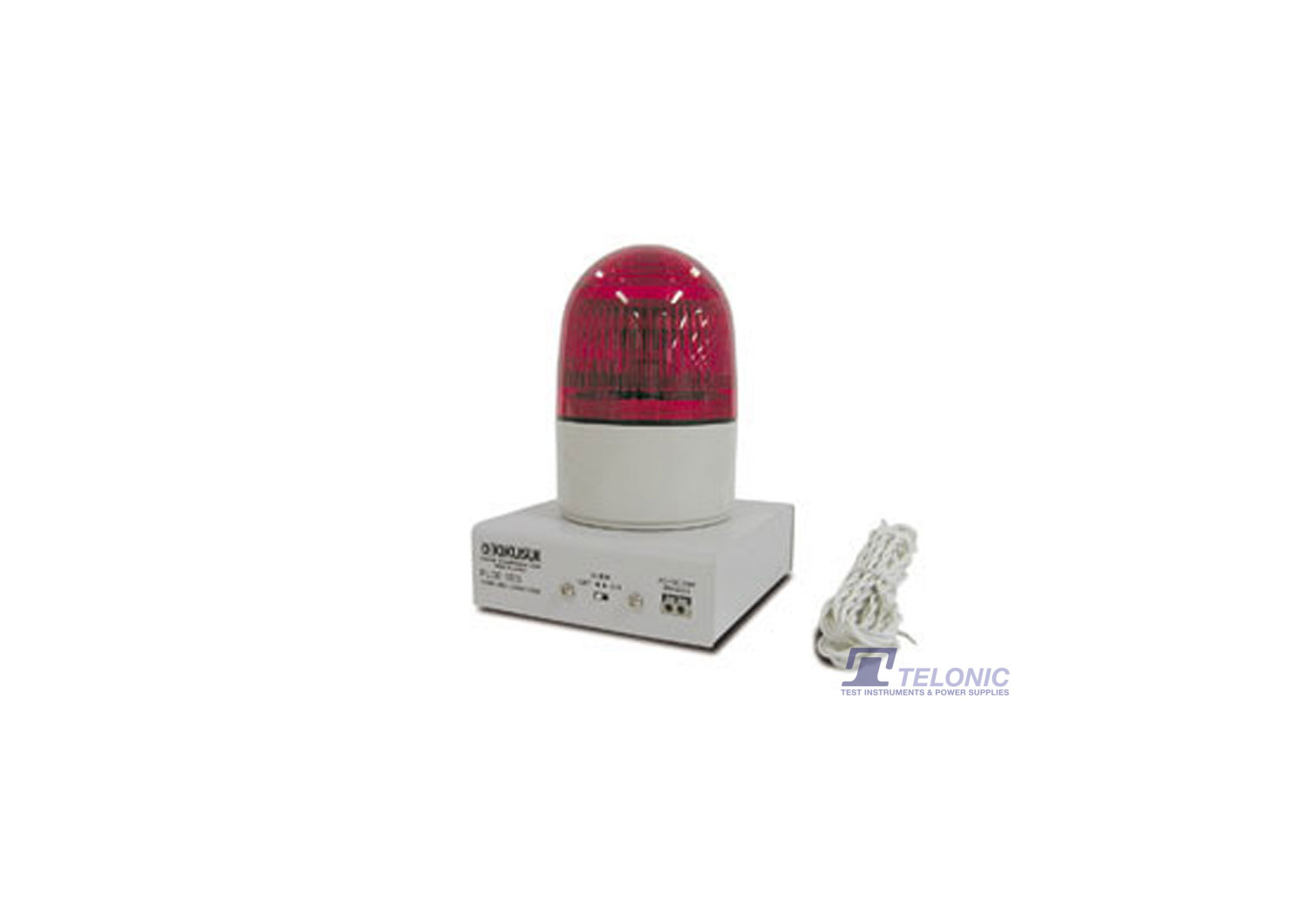
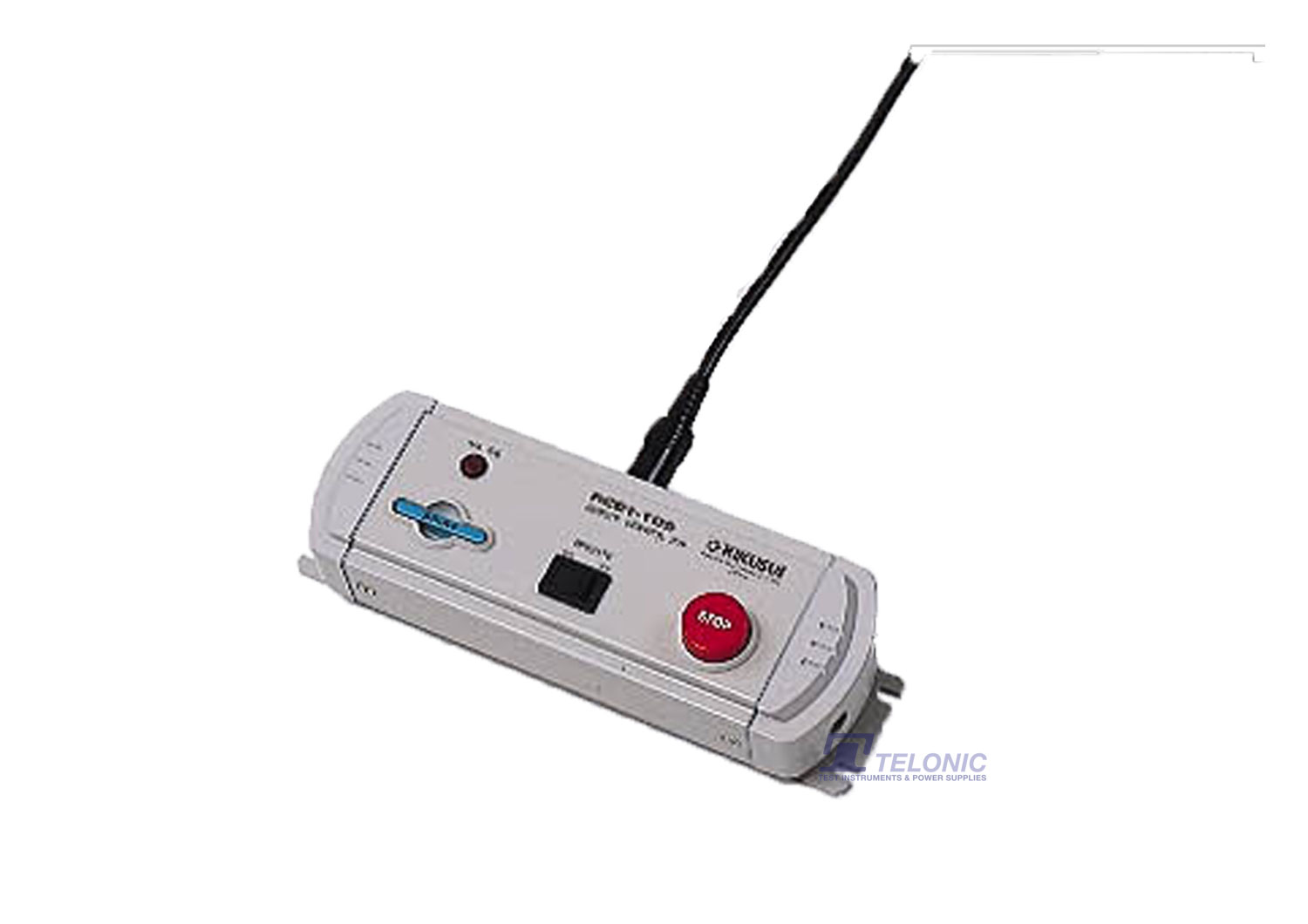
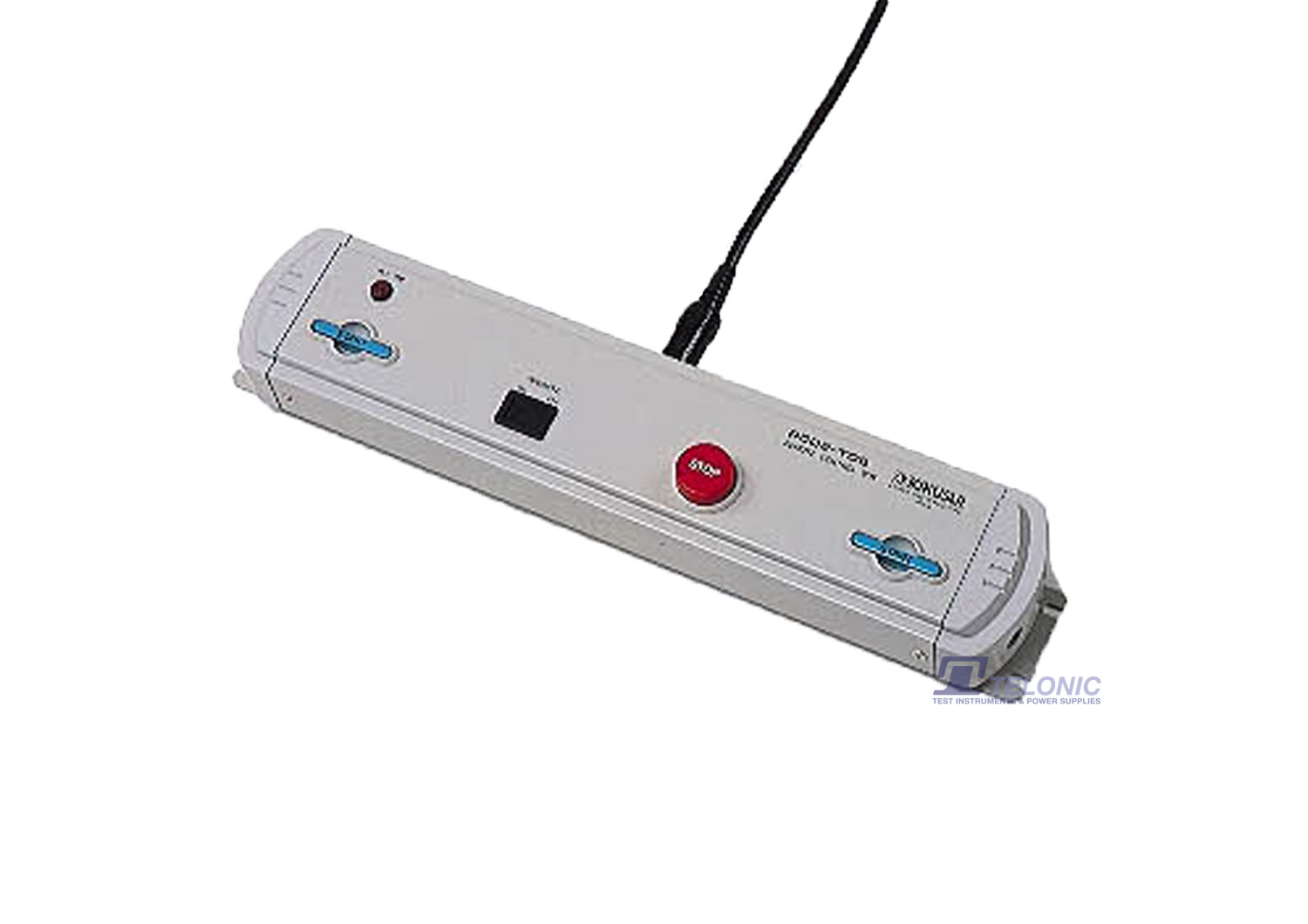
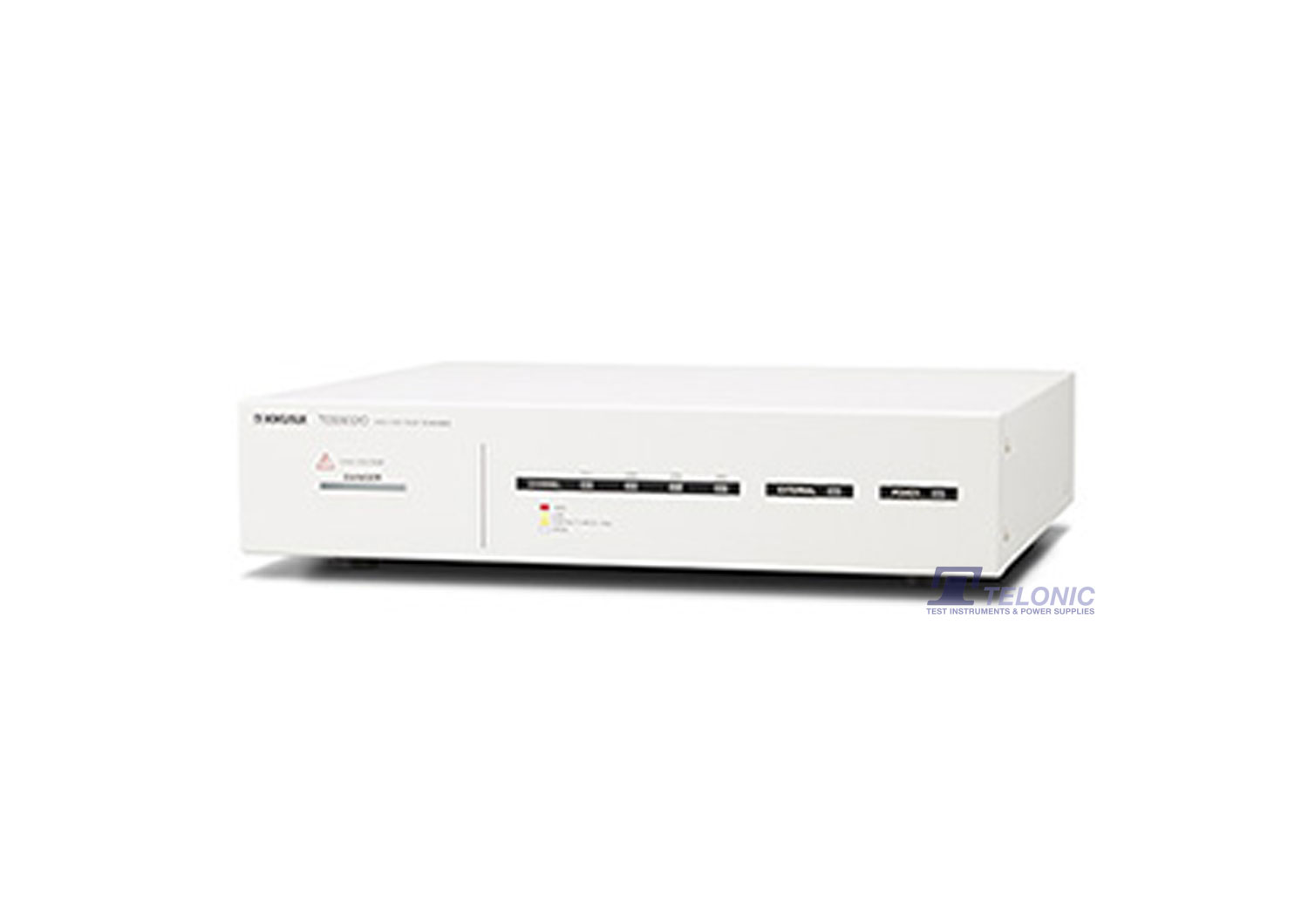
 Kikusui TOS9300 Datasheet
Kikusui TOS9300 Datasheet
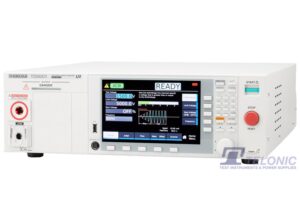
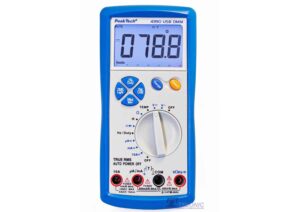
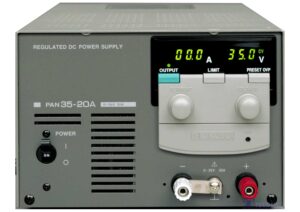
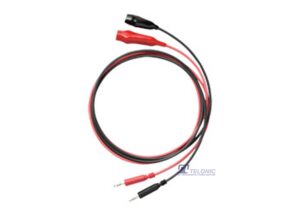
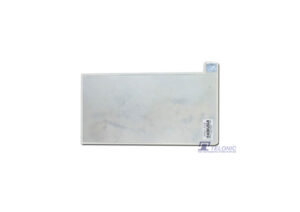

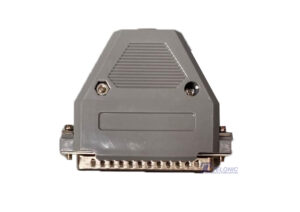
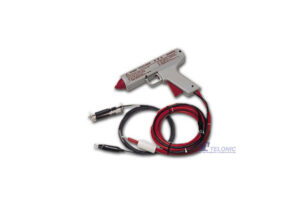
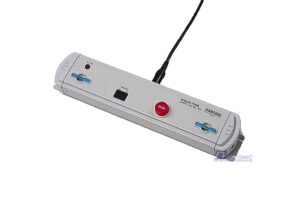
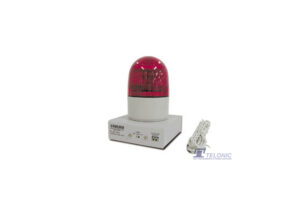
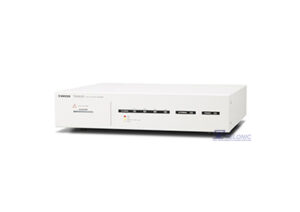

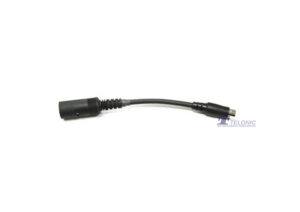
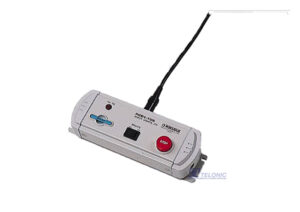



Reviews
There are no reviews yet.